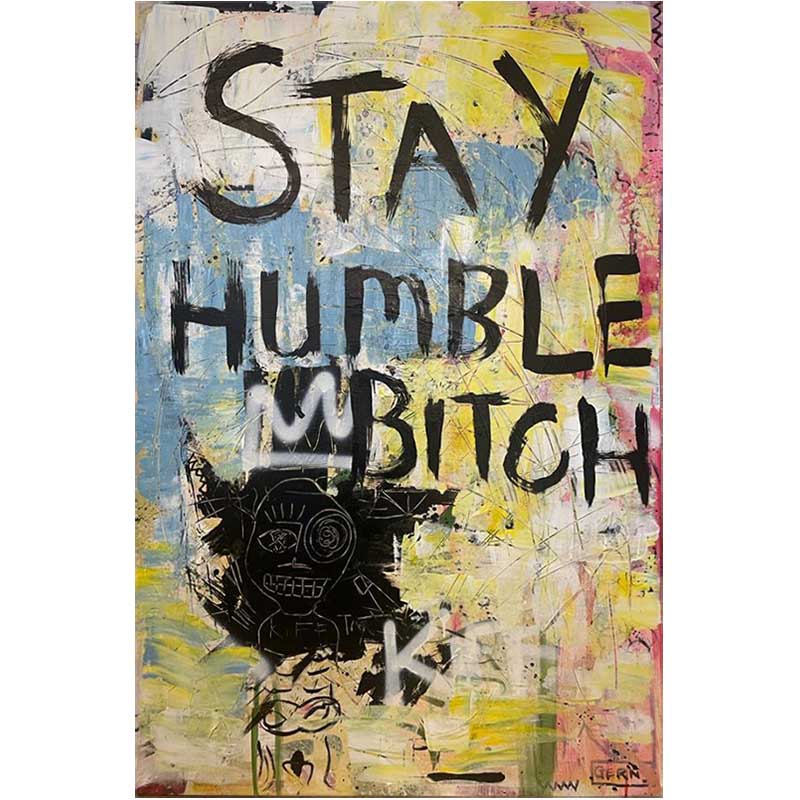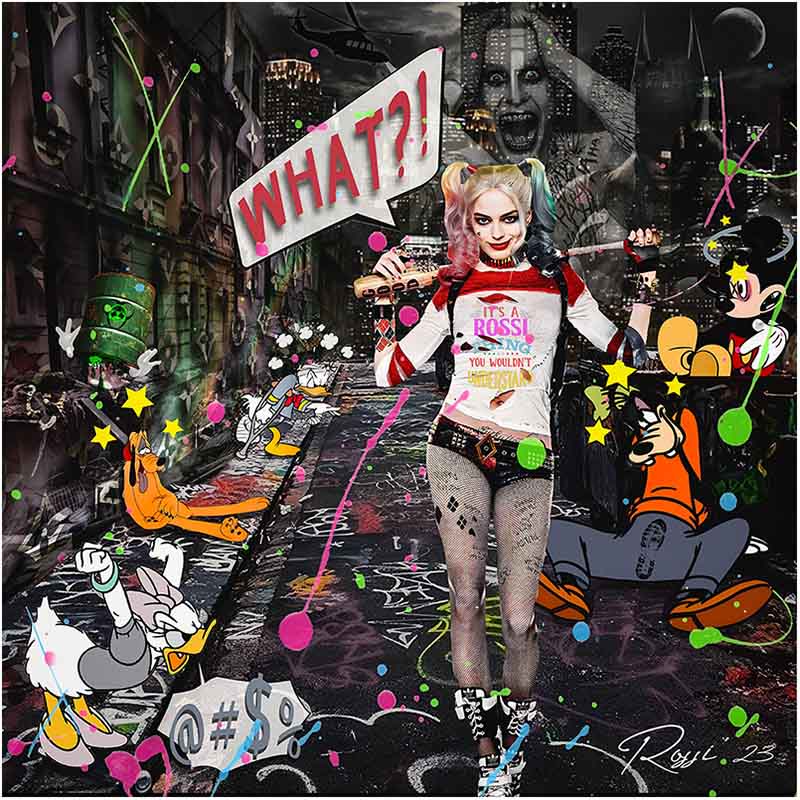Contemporary art is a dynamic and ever-evolving realm that reflects the diverse influences, cultural shifts, and technological advancements of our time. Over the years, this artistic landscape has given birth to a multitude of movements, each representing a unique response to the complexities of modern existence. In this blog, we’ll dive into some of the most impactful movements born out of contemporary art, exploring their significance and the legacies they’ve left behind.
Pop Art
Celebrating Popular Culture Emerging in the mid-20th century, Pop Art challenged traditional notions of high art by celebrating the aesthetics of mass culture. Artists like Andy Warhol and Roy Lichtenstein embraced everyday consumer products, advertisements, and celebrity imagery as subjects for their artwork. This movement highlighted the intersection of art, consumerism, and the media, forcing audiences to reevaluate their perceptions of artistic value.
Minimalism
Less is More In stark contrast to the excesses of Pop Art, Minimalism emerged as a reaction to the idea that art needed to be ornate and complex. This movement sought to strip away unnecessary elements, focusing on simplicity, geometric forms, and neutral colours. Artists like Donald Judd and Agnes Martin championed the notion that art could be reduced to its fundamental essence, prompting viewers to engage with the inherent beauty of raw materials and shapes.
Conceptual Art
Ideas as Art Conceptual Art challenged the very definition of art by emphasising ideas and concepts over traditional artistic techniques and aesthetics. Artists like Sol LeWitt and Joseph Kosuth focused on the intellectual aspect of art creation, often presenting artworks in the form of written instructions or documentation. This movement pushed the boundaries of what could be considered art, inviting viewers to ponder the relationship between the physical object and the idea it represents.
Street Art and Graffiti
Urban Expression Arising from the streets and walls of cities, street art and graffiti have transformed urban landscapes into vibrant galleries. This movement, often associated with artists like Banksy and Shepard Fairey, conveys social and political messages while reclaiming public spaces for creative expression. Street art bridges the gap between traditional gallery art and the everyday environment, sparking conversations and challenging societal norms.

New Media Art
Art in the Digital Age With the advent of technology, artists have explored new avenues of creativity through digital platforms, interactive installations, and virtual reality experiences. New Media Art blurs the boundaries between different artistic disciplines, utilising technology to create immersive and engaging artworks. Artists like Nam June Paik and Rafael Lozano-Hemmer have pushed the envelope of what art can be in the digital age.

In a nutshell
Contemporary art’s diverse movements have reshaped the artistic landscape and our understanding of creativity itself. From Pop Art’s celebration of consumer culture to the intellectual challenges posed by Conceptual Art, each movement has left an indelible mark on the trajectory of art history. As the world continues to evolve, contemporary art movements will undoubtedly continue to emerge, reflecting the ever-changing nature of our society, culture, and technological advancements.


